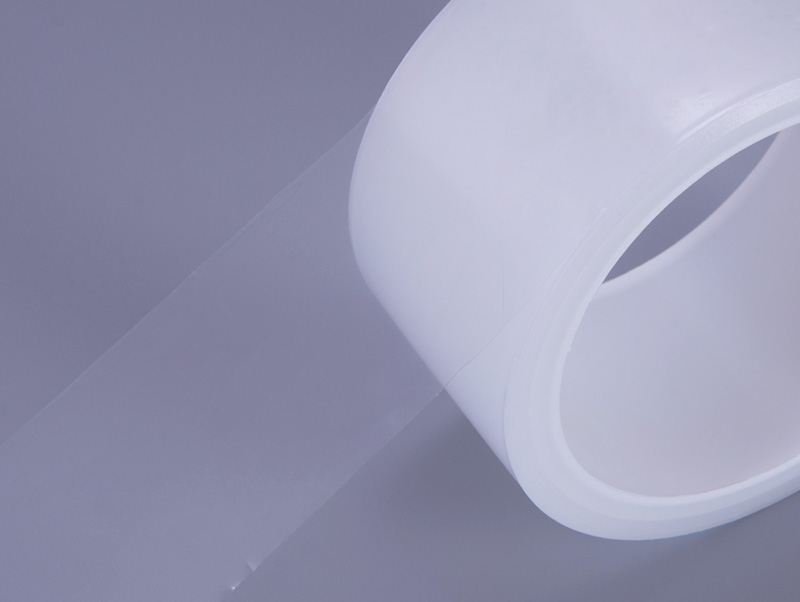PVC Protective Film vs. PE Protective Film: Which is Better?
When it comes to protective films, two of the most commonly used materials are PVC (Polyvinyl Chloride) and PE (Polyethylene). Both serve as effective solutions for protecting surfaces from scratches, dust, and moisture, but they each have their own advantages and limitations. In this article, we’ll compare PVC and PE protective films, helping you decide which is better suited to your specific needs.
Material Composition and Flexibility
One of the most significant differences between PVC and PE protective films lies in their material composition.
PVC Protective Film:
PVC is a versatile synthetic plastic polymer, known for its durability and rigidity. It’s available in both rigid and flexible forms, which makes it ideal for applications requiring strong protection, such as construction materials or electronics. PVC films tend to be thicker and more resistant to wear and tear, making them suitable for long-term use.

PE Protective Film:
PE, on the other hand, is a softer and more lightweight plastic. Polyethylene films are more flexible, making them perfect for delicate surfaces such as glass, metal, or polished furniture. The flexibility of PE film allows it to conform to irregular surfaces without compromising its protective properties.
Durability and Strength
Durability is a crucial factor to consider when choosing a protective film, especially if you need it for industrial or outdoor applications.
PVC’s Strengths:
PVC protective films excel in terms of durability. They can withstand high temperatures, UV exposure, and harsh environmental conditions without degrading quickly. This makes PVC a preferred choice for long-term protection, especially in environments where exposure to the elements is a concern.
PE’s Advantages:
While PE protective films are generally not as durable as PVC, they are still strong enough for short-term applications. They are highly resistant to chemicals and moisture, which makes them ideal for protecting surfaces during transportation or short-term storage.
Environmental Impact and Safety
Another important aspect to consider is the environmental impact and safety of each material.
PVC Environmental Concerns:
PVC has received criticism due to its environmental impact. Its production involves the release of harmful chemicals, and it is not easily recyclable. Additionally, PVC can release toxic fumes when burned, which raises concerns in certain industries. For applications where environmental safety is a priority, PVC may not be the most eco-friendly option.
PE’s Eco-Friendliness:
PE is considered more environmentally friendly compared to PVC. It is recyclable and produces fewer harmful by-products during manufacturing. PE films are also non-toxic and safer to handle, which is a significant advantage when using the film in applications involving food packaging or medical supplies.
Cost-Effectiveness
Budget considerations can also play a role in choosing the right protective film.
PVC Cost Factors:
PVC protective films tend to be more expensive than PE films due to their increased durability and versatility. However, for long-term projects, the investment in PVC may pay off due to its extended lifespan.
PE Cost Efficiency:
PE protective films are generally cheaper and more cost-effective for short-term use. Their lower price point makes them an attractive option for temporary protection, such as during construction or moving.
Conclusion: Which is Better?
Ultimately, the decision between PVC and PE protective films depends on your specific requirements.
If you need a strong, durable film that can withstand harsh environments and last for a long time, PVC is the better choice.
However, if flexibility, cost-effectiveness, and environmental friendliness are your main concerns, PE protective film may be the more suitable option.
By considering factors such as material strength, environmental impact, and cost, you can choose the best protective film for your needs.
- Previous: The Business Guide to Protective Film: Industry Benefits and Applications
- Next: None


